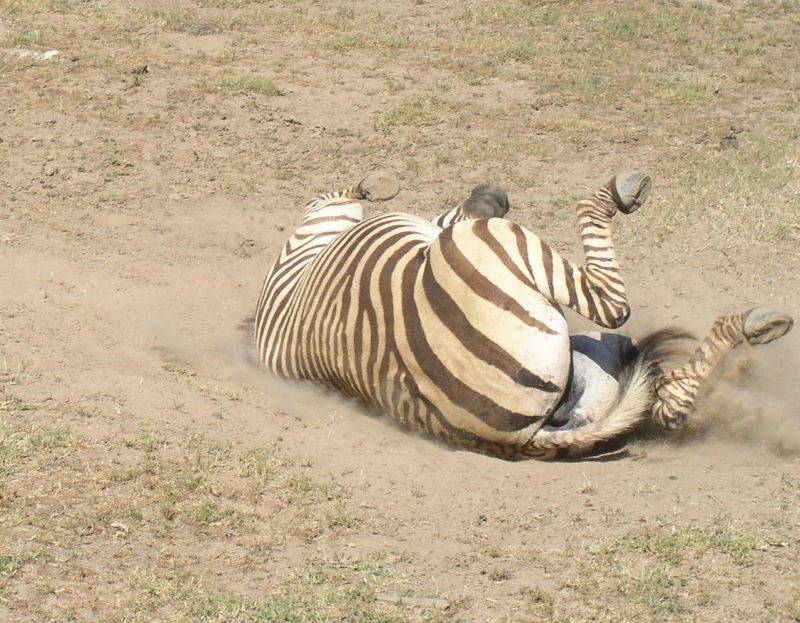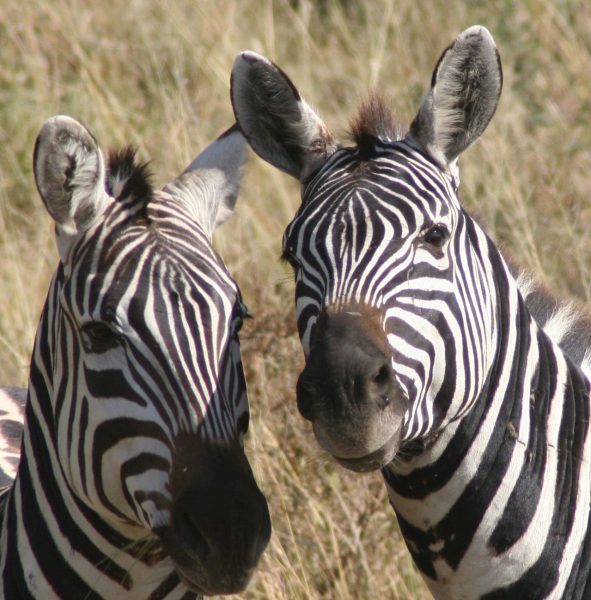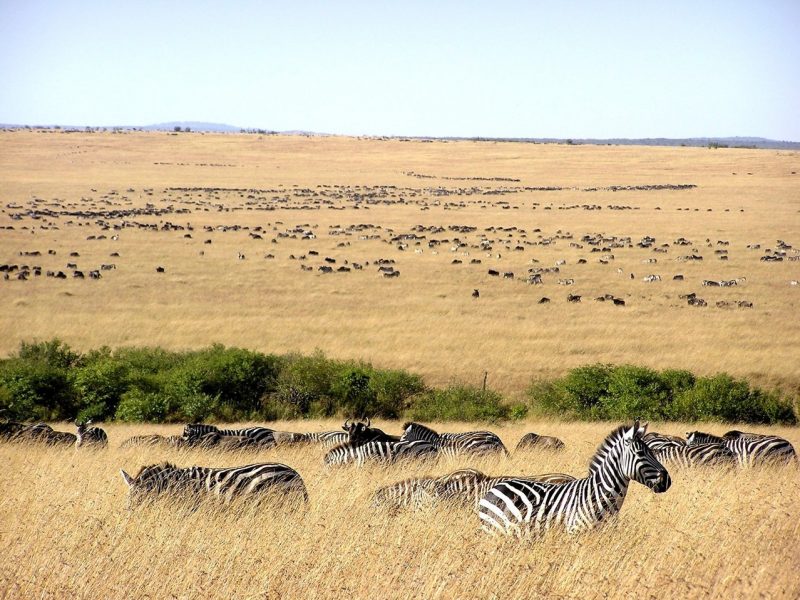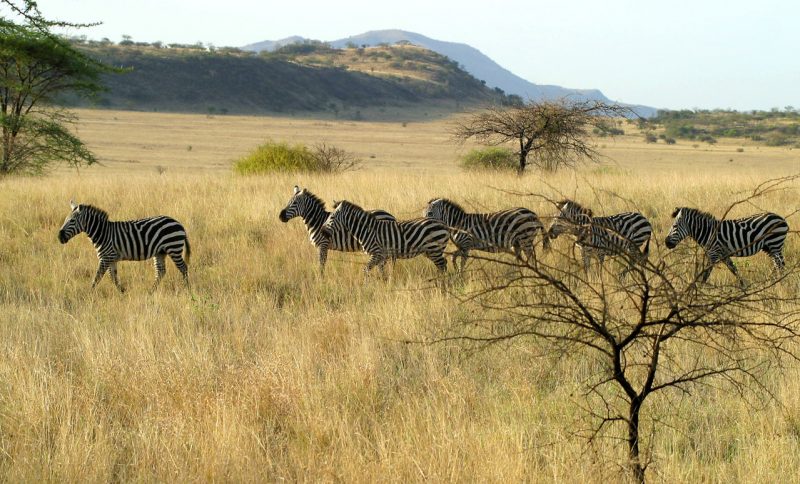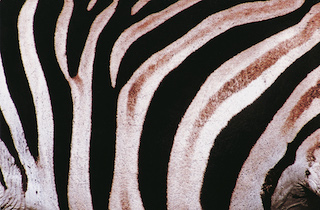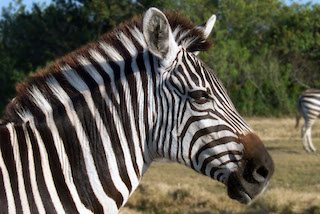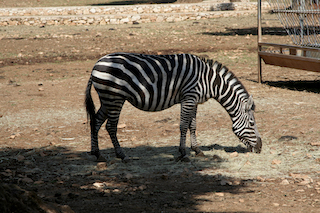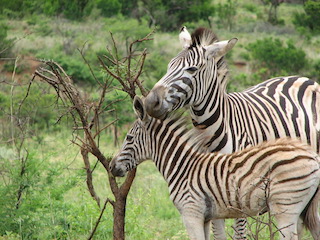Plain Zebra s Are Ubiquitous In Kenya
Plains zebra also called the Common zebra, is the most geographically widespread equine on earth. They are also the most abundant and stable of the three species of zebra. The other two species are Mountain zebras and Grevy’s zebras. On average, Plains zebras are smaller and have a different stripe pattern than the other two. While in some parts they live a sedentary lifestyle, in other regions, like Serengeti, they migrate in response to the availability of water. They are often the first to enter and colonize well-vegetated areas of grassland. After they trample and shorten the grass, the wildebeests and gazelles tend to move in gradually.
Six separate subspecies
The iconic plains zebra s exhibit a large degree of diversity. There are six separate subspecies. The variations in features between the subspecies include coat patterning, the extent of stripe coverage, the presence of a mane and body size. Five of the subspecies are classified as Least Concern. The sixth subspecies, the quagga, however, is classified as Extinct. The most common of the subspecies is Grant’s zebra. Much of what we know of zebras comes from work done with Grant’s zebra in the wild and zoos. The Chapman’s zebra is another subspecies occurring from Angola and Namibia. The stripes of this subspecies are absent altogether on the legs.
Common distribution range
Plains zebras remain common in game reserves. The range of Plains zebras includes Kruger National Park in South Africa, Etosha National Park in Namibia, Hwange National Park in Zimbabwe, Tsavo and Masai Mara in Kenya, and the Serengeti National Park in Tanzania. Many of them live in protected areas across its range. Plains zebra is incredibly resilient. They appear to be doing well even in some unprotected parts. Its endangerment situation is less alarming than others. However, they are regionally extinct in Lesotho and Burundi, and possibly in Angola too.
Feed by grazing
Plains zebras are herbivores. The conspicuous Plains zebra obtains its food by grazing. They feed selectively on certain species of grass. They can survive upon coarse vegetation with little nutritional value as a result of a hindgut digestive system. The removal of such tougher growth of grass plays an ecological role in allowing other grazers to gain access to tender growth. Due to the constant grinding of food, a zebra’s back teeth continue to grow throughout its life.
Constant water access
Plains zebras need to have daily access to drinking water. They cannot survive very long without water. That is why they cannot be more than 25 kilometers away from a water source. During rainy season herds consisting of around 10,000 zebras may form. They then migrate to follow the rains. It is one of the great wildlife spectacles in the world.
Social unit system
A Plains zebra’s social unit consists of a single male called a stallion, one to six unrelated females called mares, and some offspring. These family groups are known as harems. Mares in a harem exist in a hierarchy. The alpha female is the first one to lead the team and to mate with the stallion. They exhibit hostile behavior to any new women added. Thus, the stallion must shield them until the aggression subdues. No one disputes the male’s ownership of the harem. It has breeding access to the females. But it usually has to fight off challenges from bachelor males. If any one of the bachelor males proves victorious, the dominant male of the harem is driven away and will join a group of bachelors who have also been ousted or are too old to compete.
Mares in oestrus
At the onset of oestrus, the mares advertise readiness to breed. They do it by adopting a distinctive stance, straddled legs, and with the head lowered and tail raised. All males compete fiercely for such females. The mares no longer advertise when in oestrus once bonded with the mate.
Safety in numbers
The harems will often join other families to form large herds. These herds will mingle with ostriches, antelopes, and wildebeests while they graze. They prefer to be near other grazing animals as additional protection against predators. Large numbers reduce the likeliness of predator attacks and also guarantee more eyes watching each other. Individual members take turns standing watch. Their main predators are cheetahs, leopards, lions and spotted hyenas. At night time, they retreat into open areas with good visibility for protection from land predators.
Function of stripes
The Plains zebra possesses broad black lines, that are vertical on the body, and run horizontally towards the back. The horizontal streaks are, however, variable. In some populations, in between the black and white strips, there are faint brown shadow bands. They also have underbelly bars. Although all Plains zebras share these stripe patterns, no two zebras are the same. Various theories have been put forward as to the function of zebra stripes. But the most plausible theory is that they stimulate group cohesion and grooming behavior. The long-held theory they serve as a camouflage device to dazzle predators has been put to the test recently by a group of biologists, field researchers and scientists from the University of Calgary and the University of California, Davis. They found no evidence to that effect.
Causes for concern
Plains zebra are not a threatened or endangered species. Red List classifies it as a species of Least Concern, or Near Threatened with the most stable population. They are relatively widespread. Their numbers probably exceed 750,000. There are an estimated 150,000 Plains zebras on the Serengeti-Mara Plains alone. But there are far fewer of them today than there once were. Tanzania has seen a 20% decline of Plains zebra in a decade. Measures are necessary to guard against the possibility of further reductions. Like other animals in the wild, Plains zebras are susceptible to hunting for their meat and hides, habitat loss from ranching and farming, and poaching. Expanding human settlements is a cause for concern too.
5 Frequently Asked Questions About Plain Zebra

